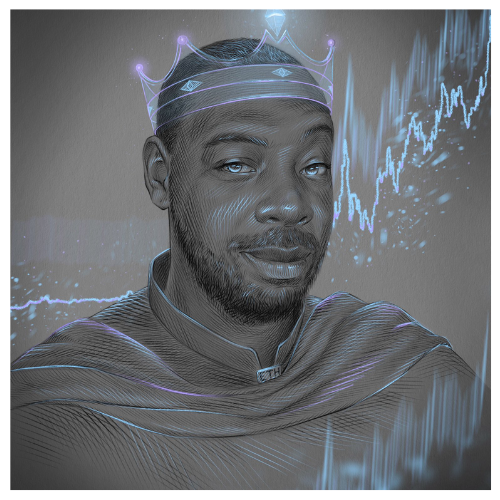The Egyptian Government Bulldozed an Iconic Cairo Art Center
Darb 1718
Let me take a moment to share something heartbreaking that recently unfolded in Cairo. It's about Darb 1718, a beacon of contemporary arts in the city, which was torn down on January 6. I came across this shocking news on Instagram, where the organization expressed their deep sadness and outrage. They posted, "Without any warning or compensation, the main building of Darb 1718, a historic landmark and sanctuary for artists, was demolished." It's a chilling reminder of the ongoing threats to Cairo’s rich heritage and the displacement of its communities.
Here's what's happening: the authorities claimed they needed to demolish the building to expand a highway. Cairo is in the midst of a massive facelift, spearheaded by President Abdel Fattah el-Sisi. He's working to modernize the bustling city while building a staggering $59 billion new capital at the desert's edge. The government's already constructed over 4,000 miles of roads, along with 900 tunnels and bridges. But this development comes at a cost – entire neighborhoods, landmarks and all, are being wiped out.
Last August, the government started tearing down buildings in ancient Fustat, home to some of the city's last traditional artisans. Moataz Nasreldin, the founder of Darb 1718, told the New York Times that officials had marked the art center for demolition to make way for an elevated highway. By September, they had ordered the staff out and shut the place down.
Darb 1718 opened its doors 16 years ago. It was one of Cairo's first cultural hubs, hosting exhibitions, concerts, and workshops. The center was named in memory of the 1977 “bread riots” on January 17 and 18.
Last week, Nasreldin appeared on Lamis Elhadidy's talk show, a top Egyptian TV host. He revealed the heartbreaking loss of "works by 150 foreign artists, worth millions," all destroyed. Bulldozers razed the center’s exhibition hall and workshops.
It's a striking loss, not just for Cairo but for the soul of the city. Darb 1718 wasn’t just a building; it was a heartbeat of creativity and tradition. It’s a story of modernization clashing with heritage, a narrative of change that's both ambitious and tragic.


